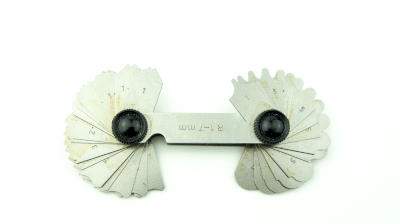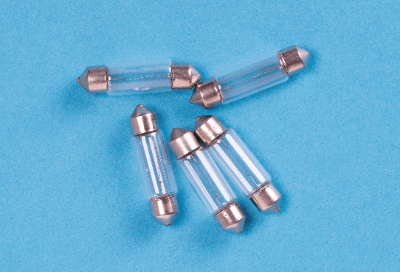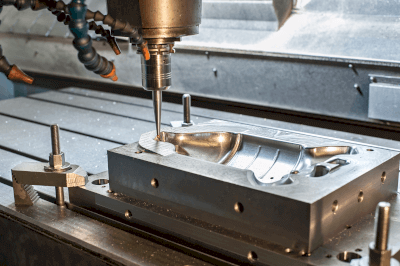What Is a Cross Clamp?
A cross clamp is a device used in optical systems, such as those involving lasers, to securely hold a pole or rod at a specific angle. This allows for precise positioning of various optical elements within the system.
There are two main types of cross clamps: fixed and rotating. The fixed type adjusts the rod angle in a 90-degree direction, while the rotating type allows for adjustment to any desired angle. Both types employ the split-tightening method for robust fixation, clamping the rod from the periphery when inserted into the clamp.
Uses of Cross Clamps
Cross clamps are crucial in directing laser beams for material analysis and irradiation. They hold rods attached to optical elements, enabling easy adjustment of the optical path by altering the rods’ height and angle. This adjustability is particularly valuable in the manufacturing of optical instruments and academic research.
Principle of Cross Clamps
Clamps, in general, are tools for securing materials in various fields. In construction, they hold materials to tables, while in medicine, they function like clips to hold tubes. Cross clamps specifically serve to fix rods and poles crucial for positioning optical elements in optical instruments. These rods typically range in diameter from 12 mm to 20 mm.
Fixed and rotary cross clamps offer different levels of adjustability. The fixed type allows for right-angle positioning, whereas the rotary type offers multi-directional orientation, ideal for adjusting laser emission angles and material surfaces. Often made of aluminum, cross clamps are lightweight and include a through-hole for the rod, secured by an external screw in a split-tightening fashion.


